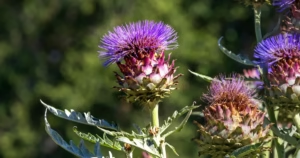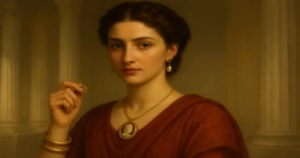Ever wondered how people lit their homes before electricity? No flashlights, no bulbs—just flickering candlelight. Medieval candle making wasn’t just practical; it was an art. Imagine crafting candles by hand, using methods passed down for centuries. Want to bring that old-world charm into your modern home? Let’s dive into the cozy, smoky, and surprisingly simple world of medieval-style candles.
Medieval candle making interests us today. It links us to a slower, more thoughtful time. Each candle was dipped or molded with care. Each flickering flame shared a tale of strength, skill, and tradition. It wasn’t just about making light—it was about making meaning. By learning these methods today, we can revive that history. Love historical reenactments or homesteading? Want rustic decor? Then try medieval-style candle making! It’s both beautiful and useful.
If you’ve ever wanted to bring a bit of that old-world charm into your modern home, now is the time. You only need a few simple tools—wax, wicks, and patience—to recreate the magic of old candle-making. In this guide, we’ll show you how to master medieval candle making in four easy steps. We’ll use trusted techniques that mix practicality and tradition. Your handmade candles will shine, whether for mood or learning. They carry the spirit of the past.
Why Medieval Candles?
Medieval candles served as more than just a light source. They were essential for daily life. In a world without electricity, candles lit up dark homes, churches, and streets. But they also played a central role in religious rituals, celebrations, and solemn events. Most candles came from tallow. Tallow is rendered animal fat. It was cheap and easy to find. These candles burned with a smoky, earthy scent and produced a soft, golden glow. Beeswax candles, once used by the rich or in churches, burn cleaner and last longer. They also released a sweet, natural fragrance.
Medieval candle making was unique due to its handcrafted nature. Unlike today’s machine-made candles, each medieval candle was shaped by hand. Artisans often used herbs, dried flowers, or oils. They did this to boost the scent and share meanings. For example, lavender is a symbol of calm, and rosemary signifies remembrance. The materials and methods changed based on the region and what was available. This made each candle special. Making candles like they did in medieval times helps us connect with that old craft. It fills modern areas with beauty, history, and a cozy light.
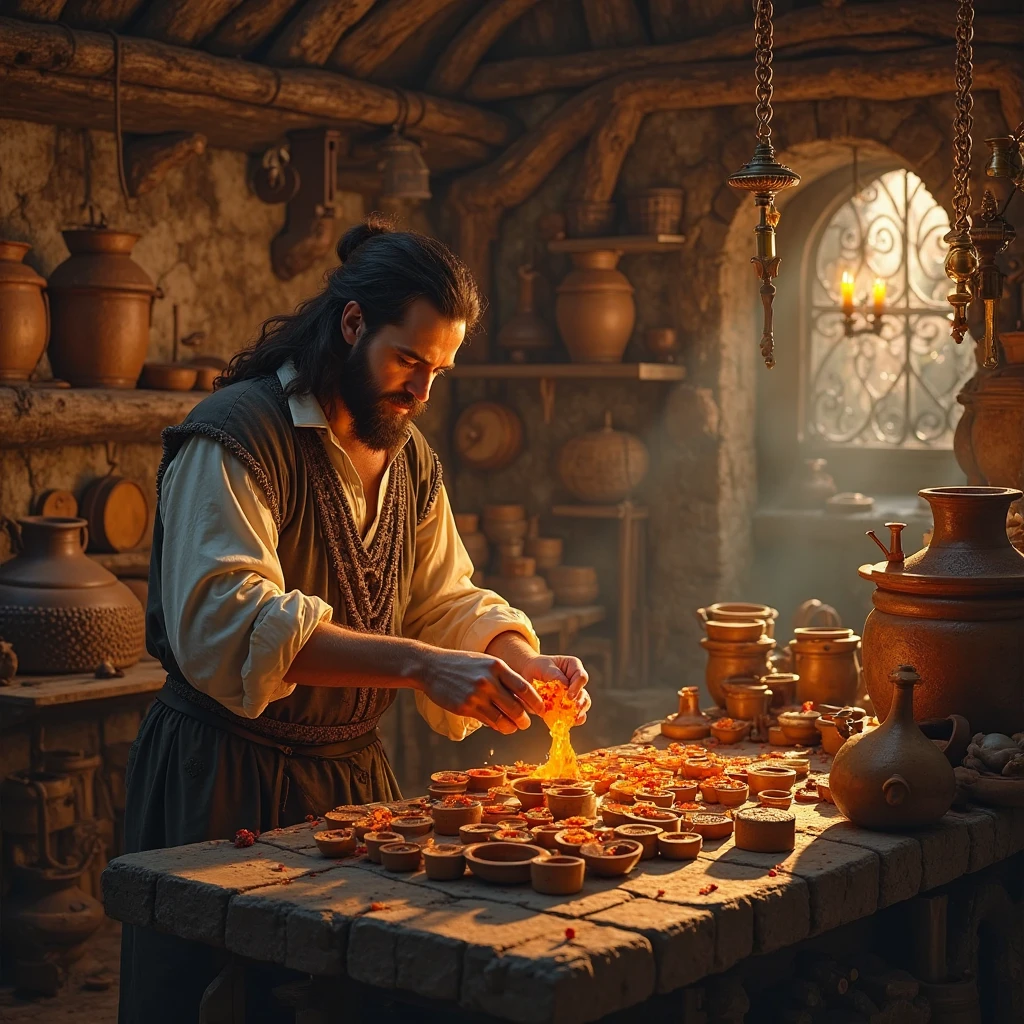
Tools You’ll Need (Spoiler: They’re Simple!)
You don’t need fancy gear to make medieval-style candles. Here’s the basic toolkit:
- Tallow or beeswax: Tallow (rendered animal fat) was cheap and common, while beeswax was pricier and used by the wealthy.
- Wick: Twisted cotton or hemp string.
- Molds: Hollowed-out vegetables (like gourds), clay pots, or even carved wood.
- A heat source: A fireplace or stove to melt the wax.
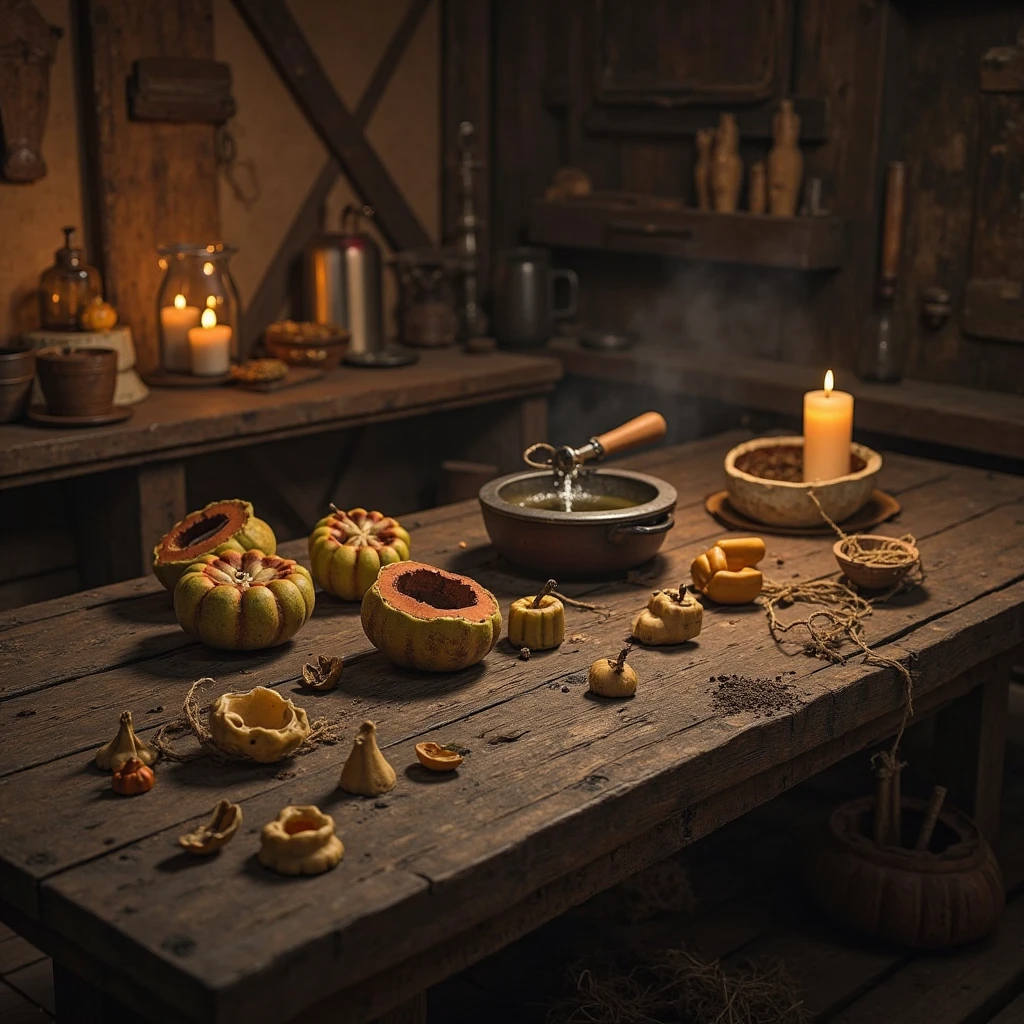
Step-by-Step: Make Your Own Medieval Candle
- Render the Wax: Melt tallow or beeswax over low heat. For authenticity, use a cast-iron pot!
- Prep the Wick: Dip cotton/hemp string in the melted wax, then let it dry straight. This stops it from burning too fast.
- Pour into Molds: Tie the wick to a stick placed over your mold (like a gourd), then pour in the wax.
- Cool and Unmold: Let it harden overnight. Gently crack open vegetable molds or slide candles out of clay pots.
Pro Tip: Add dried lavender, rosemary, or pine needles to the wax for a natural scent.
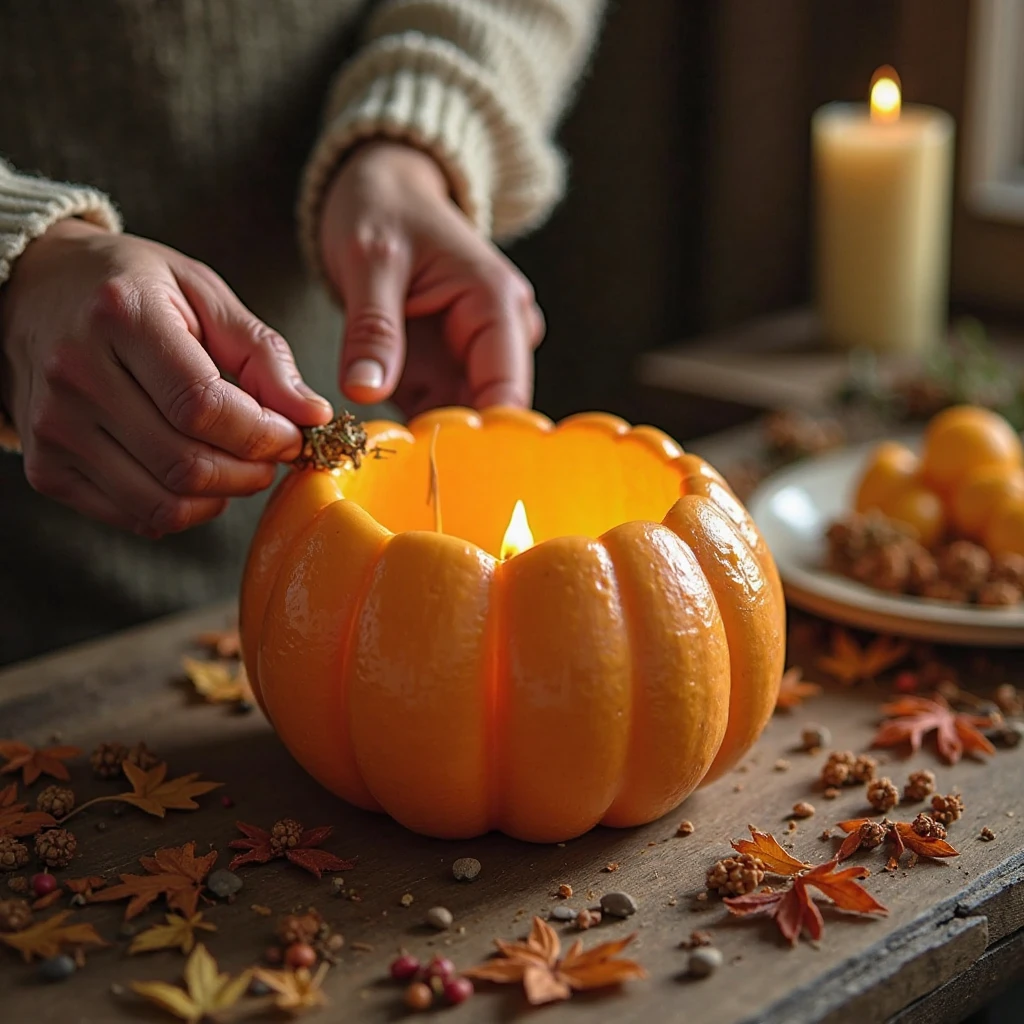
Why Tallow Smells… Interesting
Let’s be real: tallow candles do smell like cooking meat when they burn. That’s because they’re made from animal fat! Medieval folks didn’t mind—they were used to it. If you’re sensitive to smells, beeswax is a better (and sweeter-smelling) option.
Fun Fact
Wealthy households used beeswax candles in churches because they burned cleaner and smelled divine.
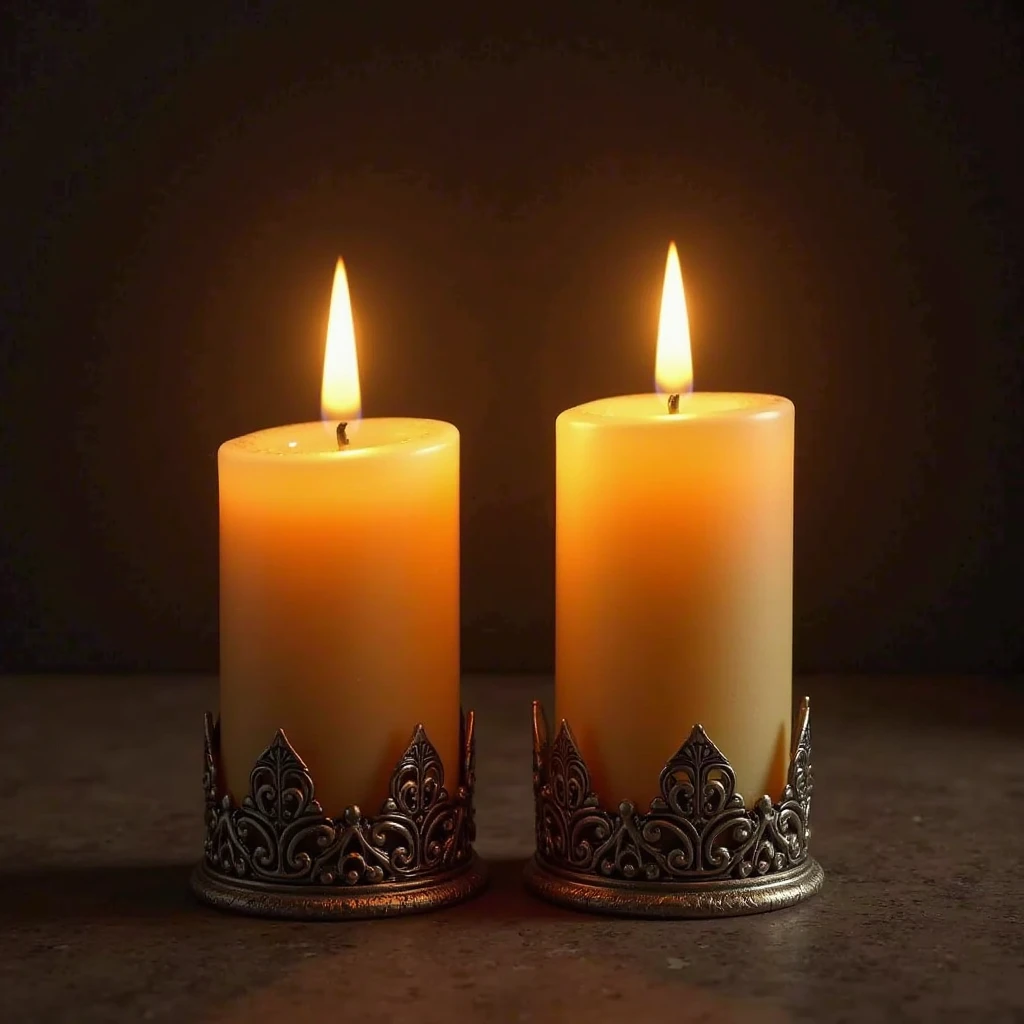
Medieval Candle Magic
Candles weren’t just light sources—they were symbols. They marked celebrations, religious rituals, and even told time (ever heard of a “candle clock”?). People carved designs into candles or embedded charms for good luck. Try adding a personal touch: press a coin into the wax or wrap the wick with a meaningful ribbon.
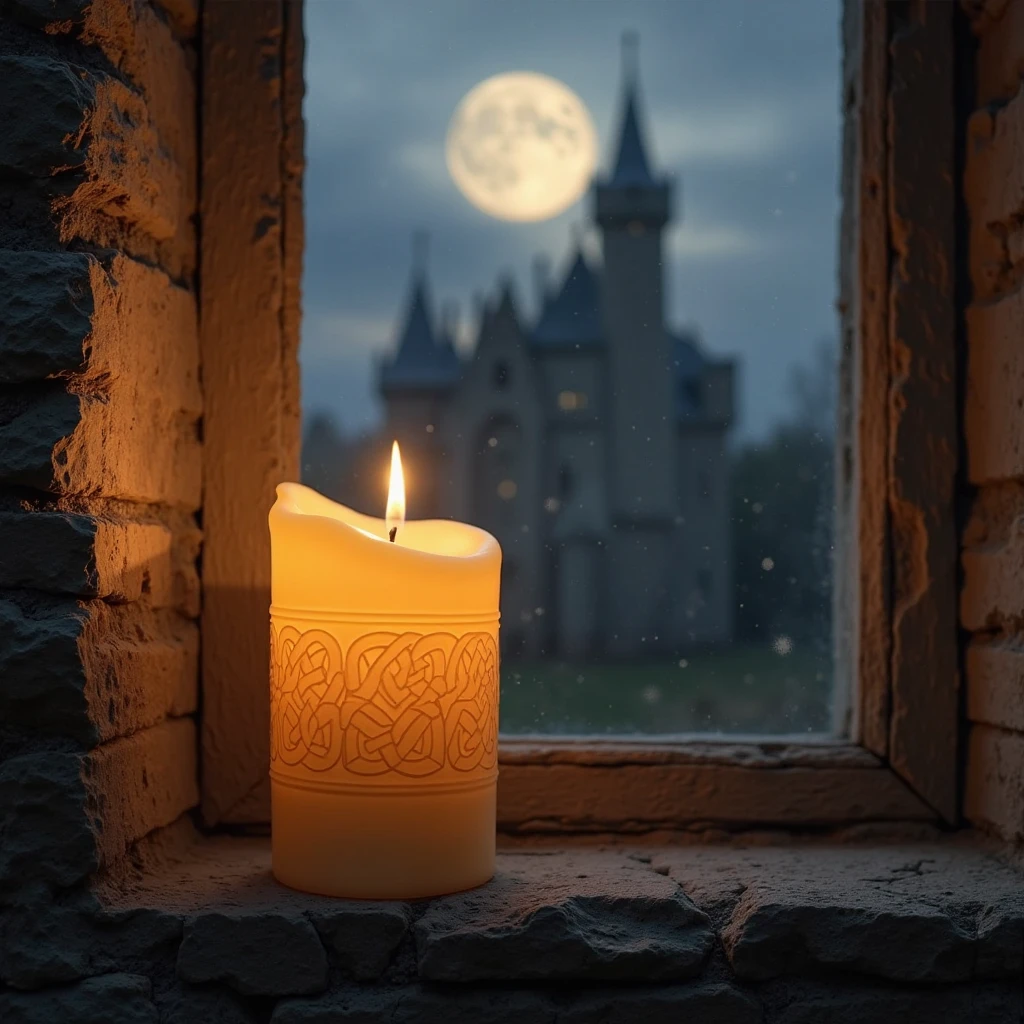
Safety Tips from the Middle Ages
Medieval homes burned down a lot because of candles. Learn from their mistakes:
- Keep candles away from curtains, bedding, or anything flammable.
- Use sturdy holders (like iron or stone) to prevent tipping.
- Never leave candles unattended—yes, even if you’re reenacting a Viking feast.
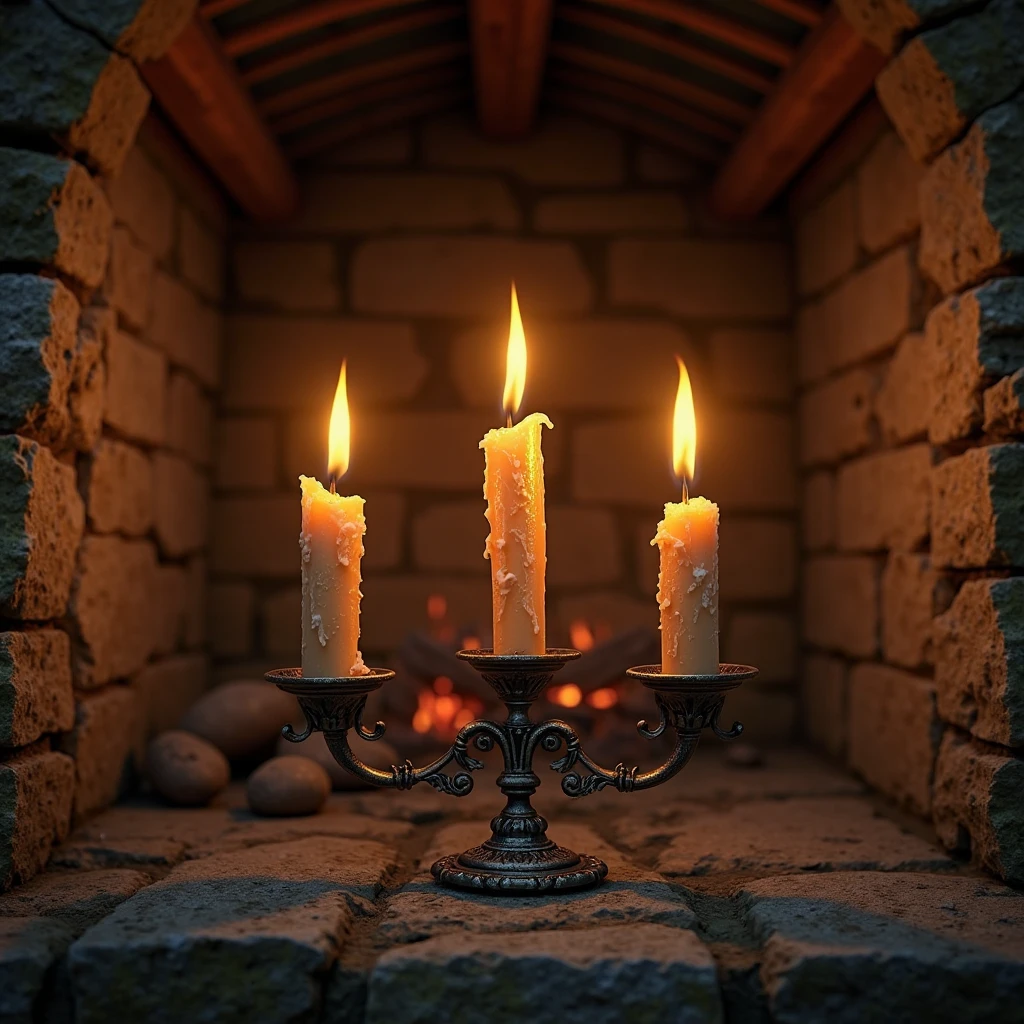
Why Try Medieval Candle Making Today?
In a world of LED lights and scented soy candles, why go old-school? Because it’s fun, connects you to history, and makes your space feel like a cozy tavern. Plus, homemade candles are perfect for gifts—just add a handwritten note with their “ingredients.”
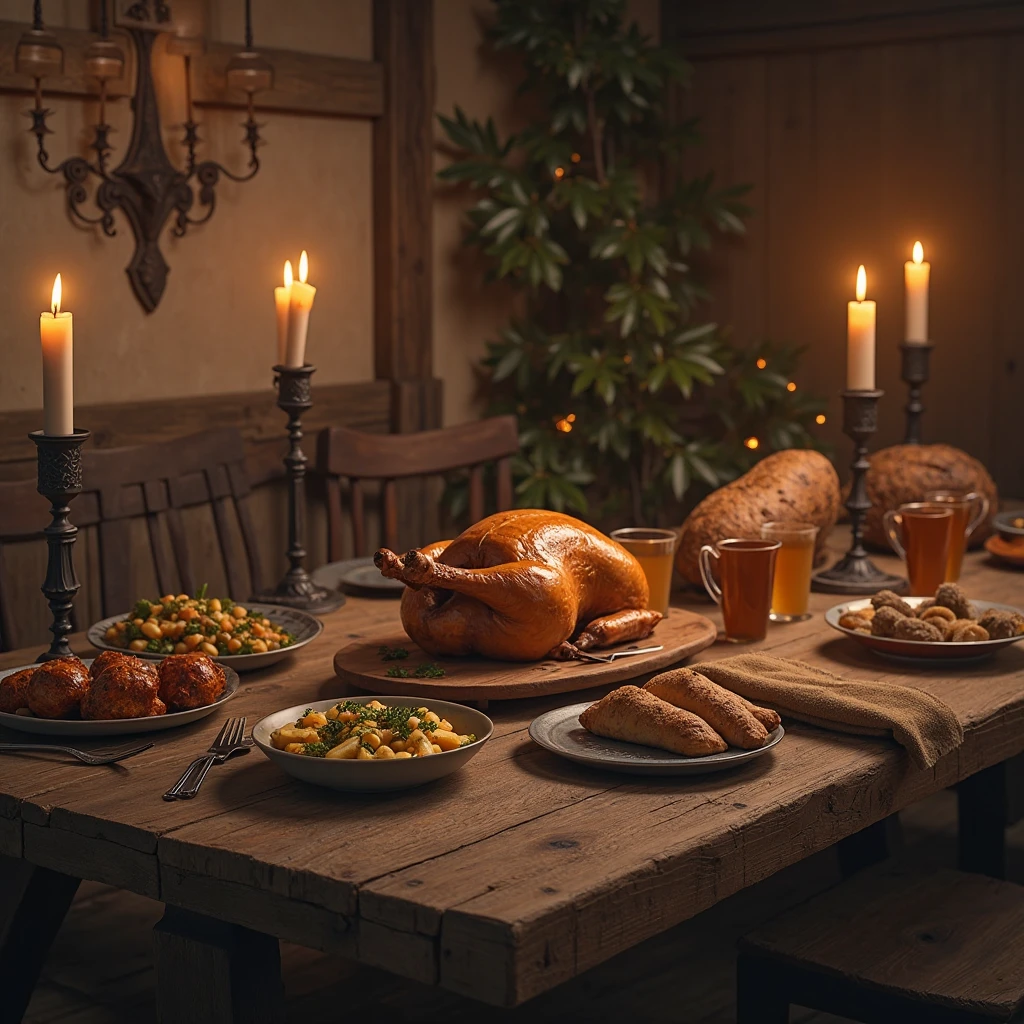
Ready to Time-Travel with Candlelight?
Medieval candle making is easier than you think, and the results are magical. Whether you’re a history buff, a DIY lover, or just want to impress your friends with your “ye olde” skills, give it a try. Light one up, turn off the lights, and let the flickering glow take you back to a simpler time.

Conclusion
Medieval candle making isn’t just a craft—it’s a doorway to the past. By melting tallow or beeswax, twisting hemp wicks, and pouring your creations into rustic molds, you’re tapping into a tradition that lit homes, castles, and churches for centuries. Sure, tallow might smell like a campfire cookout, and beeswax might test your patience, but that’s part of the charm.
These candles aren’t just about light; they’re about slowing down, embracing imperfection, and adding a dash of history to your modern life. Imagine curling up with a book under the glow of a hand-poured beeswax candle or hosting a dinner party where the lighting feels straight out of a medieval feast.
So, grab a pot, raid your kitchen for molds, and give it a try. Whether you’re a history nerd, a DIY fanatic, or just someone craving a little analog magic in a digital world, medieval candle making invites you to unplug, create, and bask in the warm, flickering glow of simpler times.
Light one up, and let history shine.

